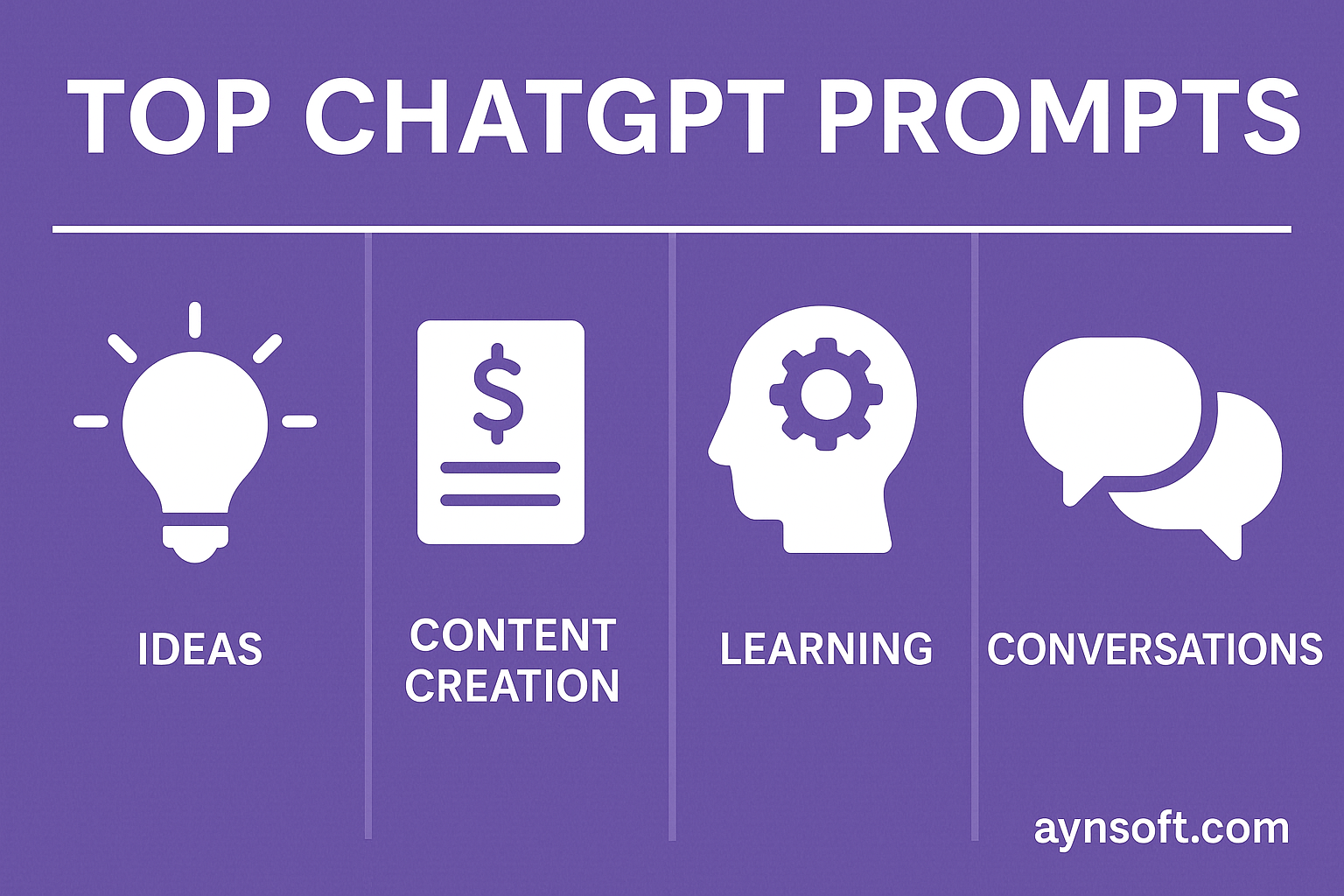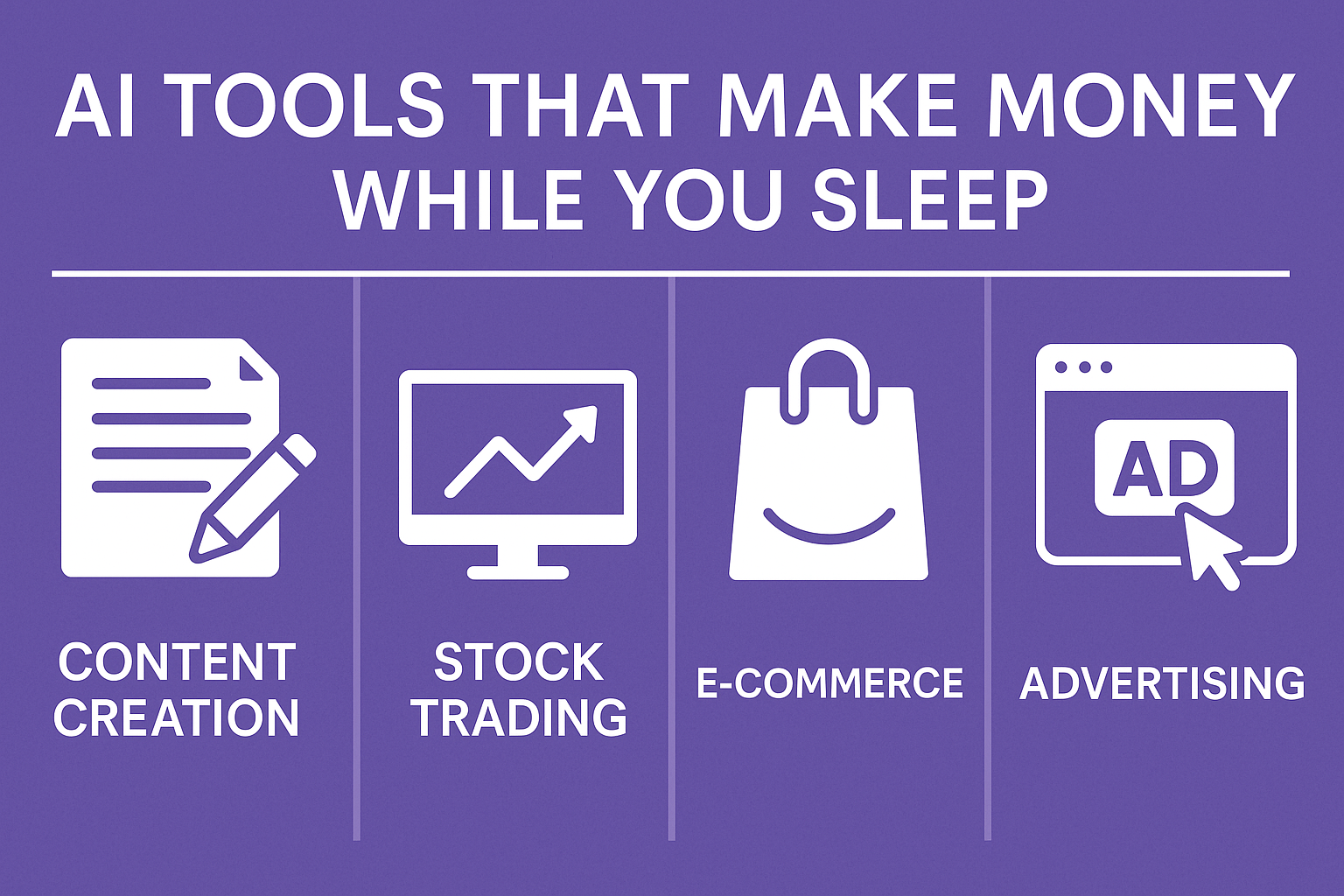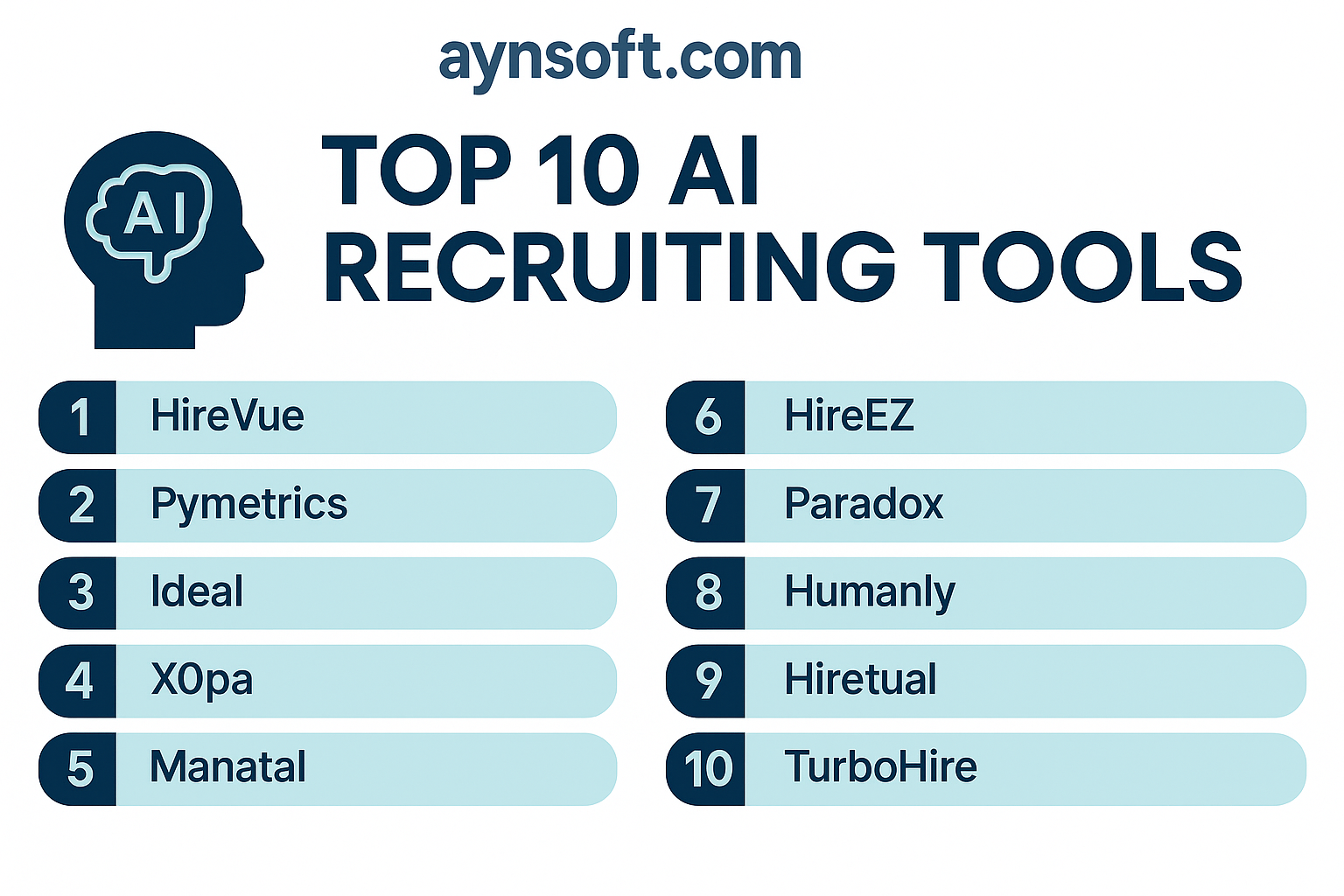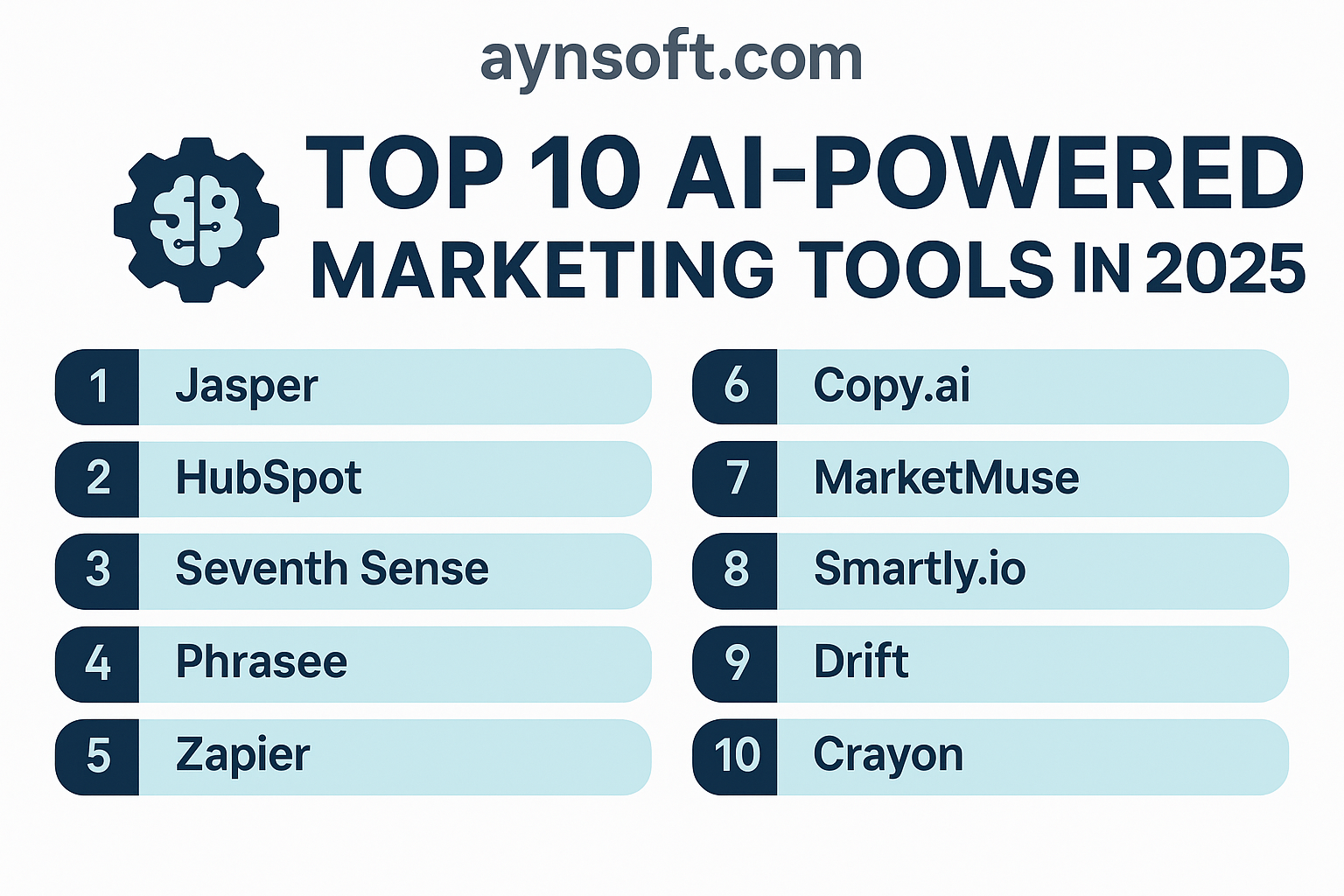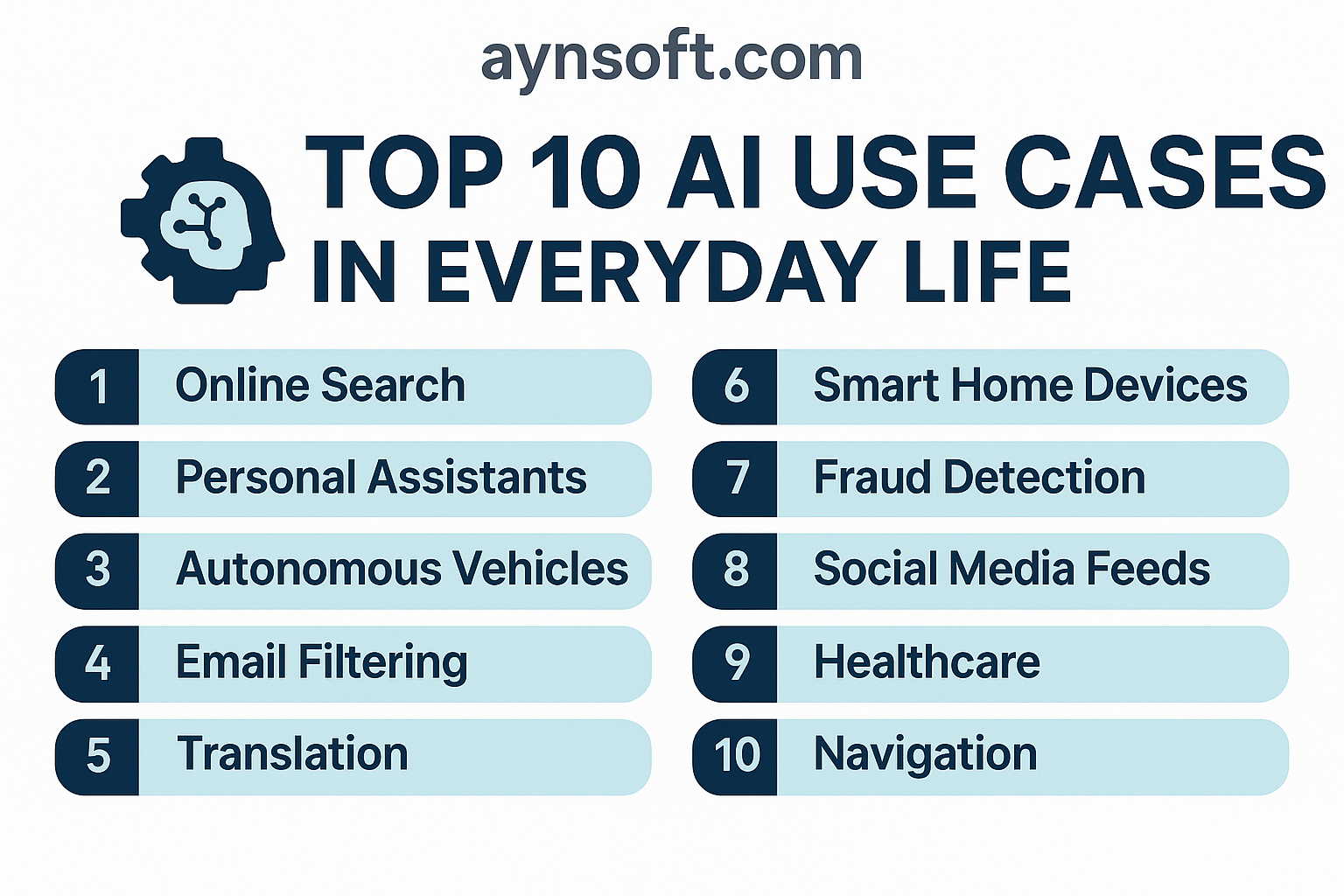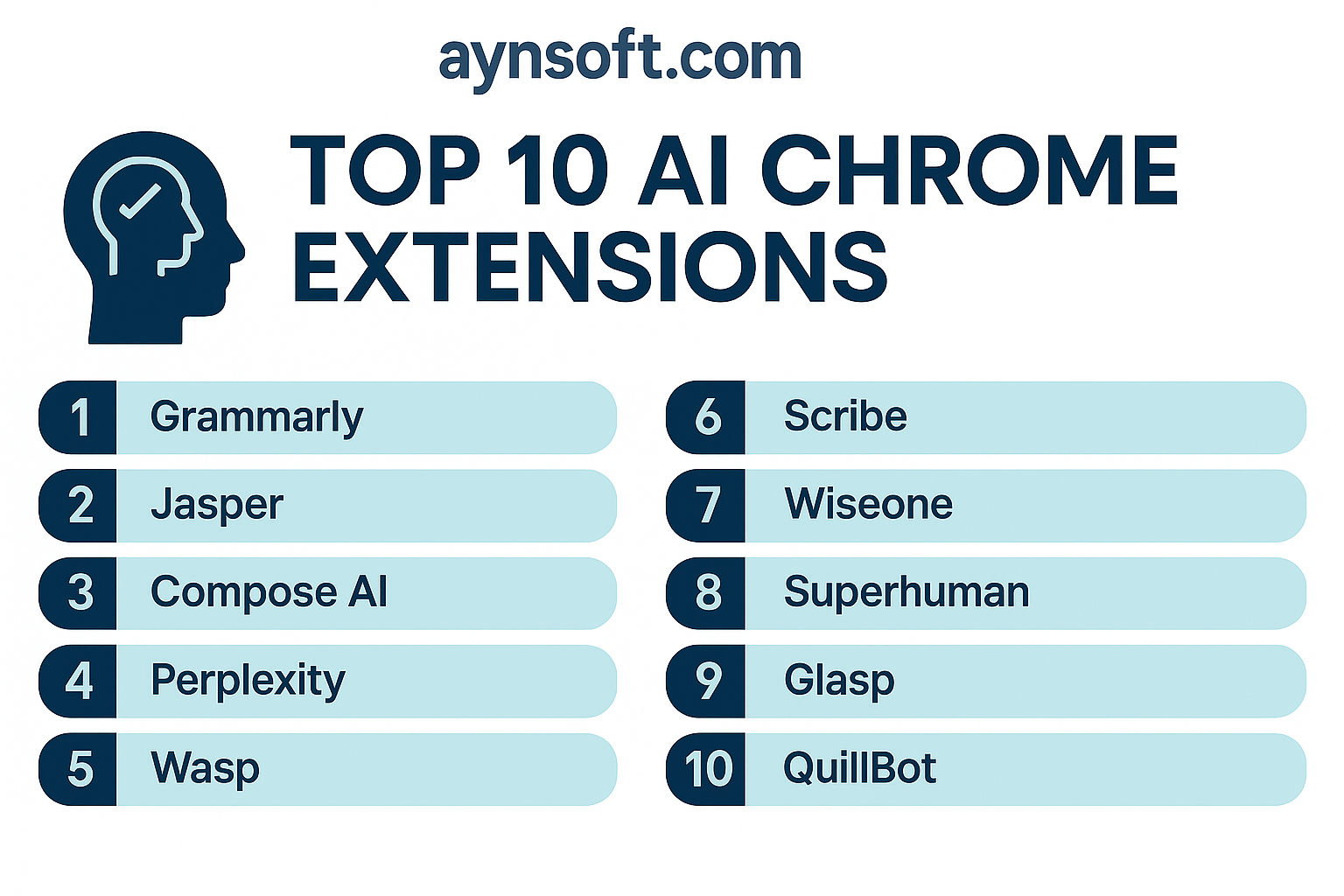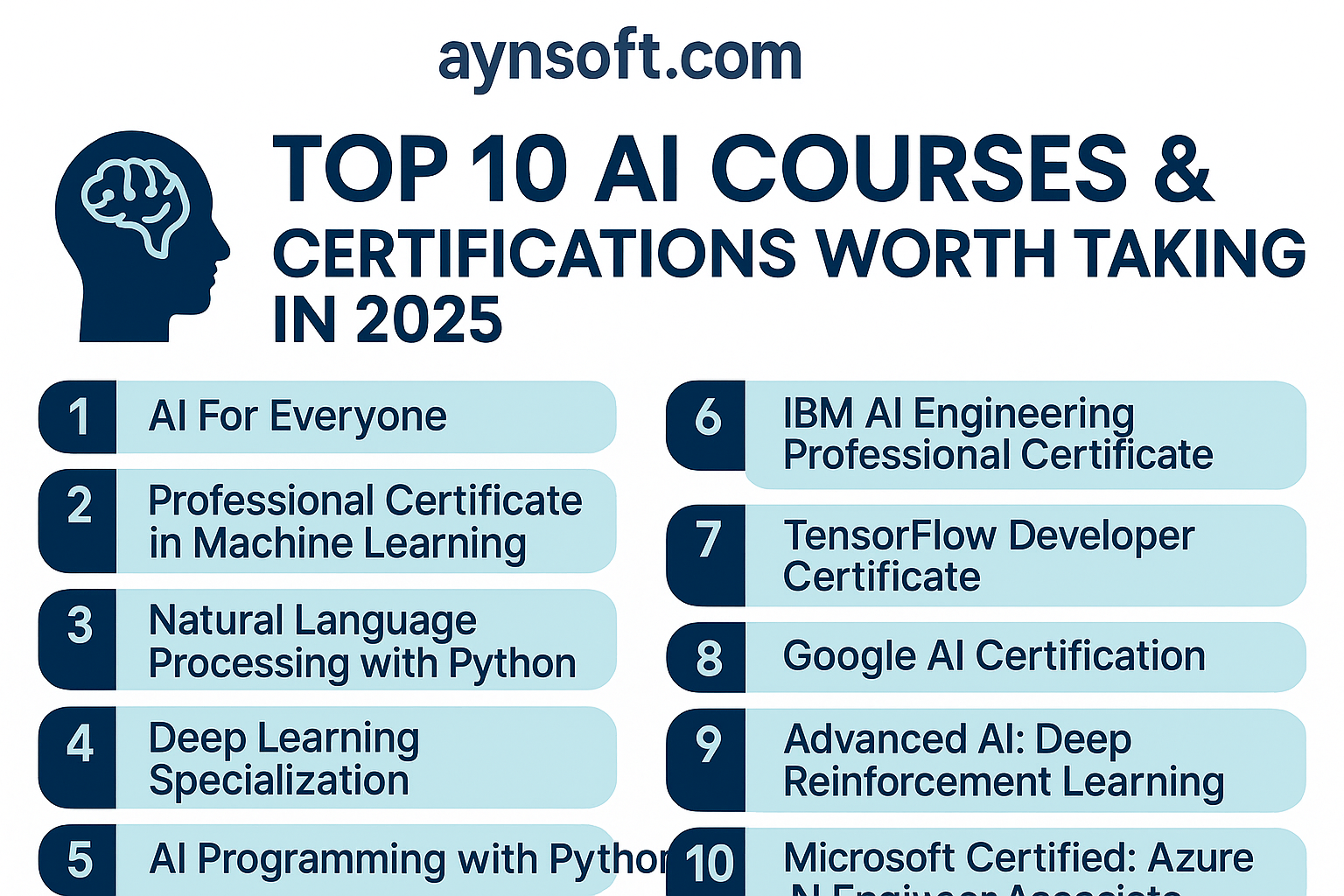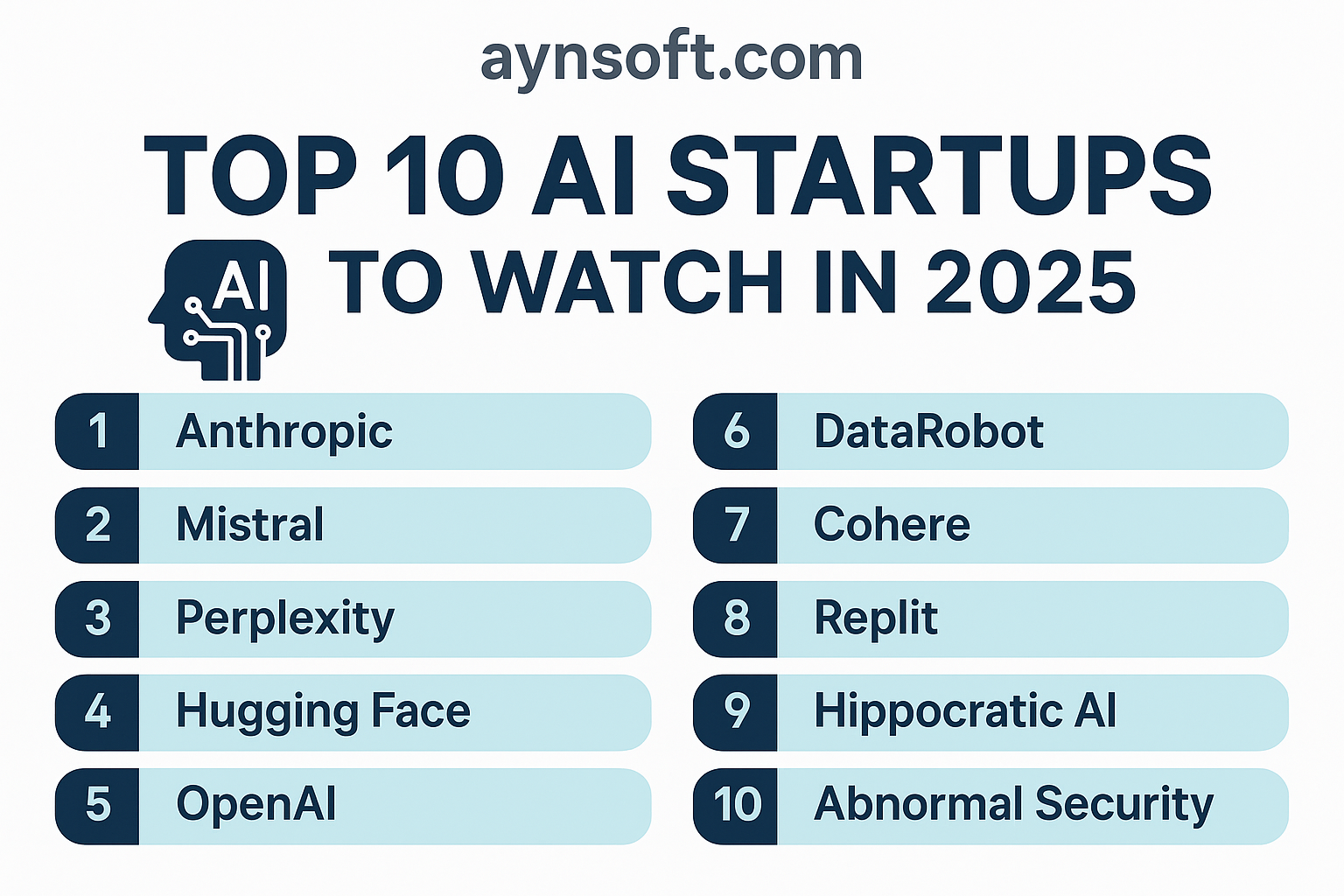Master the art of prompting ChatGPT and unlock new levels of creativity, productivity, and problem-solving in 2025.
Introduction: Why Great Prompts Matter More Than Ever
In 2025, generative AI tools like ChatGPT are not just cool novelties—they’re productivity powerhouses. But here’s the secret: your results are only as good as your prompts.
A well-crafted prompt can turn ChatGPT into a world-class researcher, coder, teacher, designer, or strategist. A poor one? You’ll get mediocre outputs.
With over 180 million active users monthly and integrations across apps like Microsoft Office, Slack, and browsers, ChatGPT’s capabilities are exploding. But if you don’t know what to ask, you’re leaving its true power untapped.
This article reveals 10 jaw-dropping ChatGPT prompts that will revolutionize how you work, create, and think. Whether you’re an entrepreneur, student, marketer, or developer, these examples will boost your workflow.

1. Turn It Into a Viral Social Post
Prompt:
“Turn this blog paragraph into a viral LinkedIn post with a hook, relatable tone, and CTA: [Insert paragraph]”
Use Case: Perfect for marketers and content creators who want to repurpose blogs into engaging social content.
Pro Tip: Ask ChatGPT to create variations tailored for different platforms like X (Twitter), Instagram, or TikTok.
Prompt:
“Act as a seasoned startup advisor. I have an idea: [briefly describe it]. Tell me potential monetization models, go-to-market strategy, and major risks.”
Why It’s Amazing: – Simulates expert-level brainstorming – Saves hours of Google searches and reading
Data Point: A survey by McKinsey shows that 40% of startups using AI tools reduce early-stage costs by 30% or more (source).
Prompt:
“Summarize the following YouTube transcript into 5 bullet points and provide a catchy headline: [Paste transcript]”
Ideal For: Busy professionals who want quick takeaways from long videos, lectures, or interviews.
SEO Bonus: Turn summaries into optimized blog content with additional prompts like: > “Now rewrite this for a blog, include H2s, keywords: AI tools, ChatGPT use cases.”
Prompt:
“I want to learn [topic] in 4 weeks. I have 1 hour per day. Make me a detailed weekly study plan with free online resources.”
Popular Topics: Python, Data Science, Digital Marketing, UX Design
Authority Tip: Ask ChatGPT to link resources from trusted sites like Coursera, Khan Academy, or edX.
5. Write a Cold Email That Converts
Prompt:
“Write a cold email to a potential client for my [service/product]. Make it short, value-driven, and include a CTA. Audience: [Target Persona]”
Best For: Freelancers, sales teams, SaaS companies
Conversion Tip: Follow up with: > “Now rewrite it with a more casual tone.”
6. Solve This with a Spreadsheet Formula
Prompt:
“I need a Google Sheets formula to [describe your problem]. Give an explanation too.”
Examples: – Combine first and last names with proper capitalization – Track project timelines with conditional formatting
Alt Prompt: > “Now create a ready-to-use spreadsheet template based on this.”
SEO Bonus: Add relevant alt text like “Google Sheets formula to auto-calculate deadlines” if sharing screenshots or templates.
Prompt:
“You are a senior developer. Write a Python script to [task]. Add comments and error handling.”
Real-World Use Cases: – Automating Excel reports – Scraping data from websites – Building a chatbot or microservice
Stat: GitHub’s Octoverse report shows that developers using AI pair-programming tools are 55% faster on average (GitHub).
8. Design a Quiz or Flashcards
Prompt:
“Create a 10-question multiple-choice quiz on [topic], including correct answers and explanations.”
Perfect For: Teachers, trainers, and ed-tech creators
Follow-up Prompt: > “Now convert these questions into Anki flashcards format.”
Pro Tip: Add spacing repetition techniques or Bloom’s taxonomy if you want adaptive learning.
9. Simulate a Roleplay or Interview
Prompt:
“Pretend you’re an interviewer for a [job title] role. Ask me 5 technical and 5 behavioral questions. Provide feedback after each response.”
Use Cases: – Job seekers – Recruiters running mock sessions – Students preparing for oral exams
Authority Link: See more at SHRM’s job interview guides.
10. Generate an Entire Blog Outline
Prompt:
“Create a detailed blog outline for the topic: [Enter topic]. Include an intro, conclusion, 5 subheadings, and suggested keywords.”
Ideal For: Bloggers, SEO agencies, content teams
Add-On Prompt: > “Now fill in the sections with 200–300 words each using a friendly tone.”
SEO Goldmine: Combine this with Surfer SEO or Clearscope to fine-tune your keywords.
- “Write a customer support script for [product]”
- “Create a weekly meal plan for a 2000-calorie vegetarian diet”
- “Help me write a contract clause for freelance design work”
- “Rewrite this in the tone of Steve Jobs”
SEO Tips for Prompting Content
When sharing ChatGPT prompts on your blog or social channels:
- Use relevant keywords: e.g., ChatGPT prompts, best AI prompts 2025, productivity hacks with ChatGPT
- Format for readability: Short paragraphs, bullet points, numbered lists
- Include alt text: Describe what the image or code snippet is doing, e.g., “Sample ChatGPT prompt for startup advice”
- Add structured data: Use schema.org markup for better SEO ranking
Conclusion: Your Future is One Prompt Away
ChatGPT isn’t just a chatbot—it’s a creativity engine, a personal assistant, and a productivity powerhouse. But you have to speak its language. These 10 powerful prompts are the keys to unlocking everything from smarter workdays to automated side projects.
Don’t just consume AI—command it.
Ready to explore more? Start experimenting with these prompts today at https://chat.openai.com and supercharge your skills.

